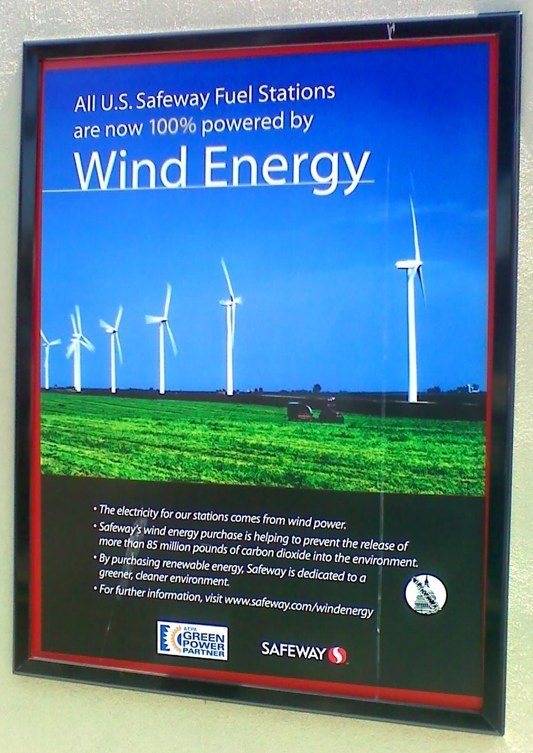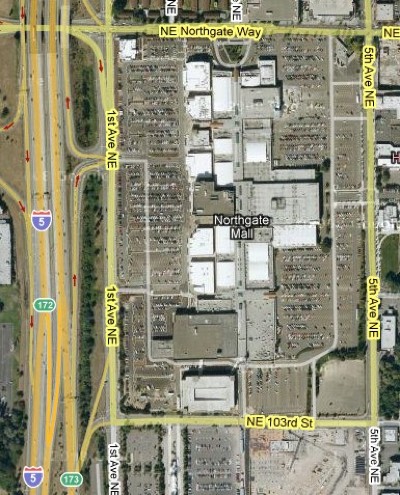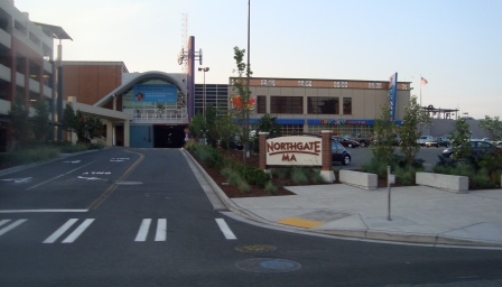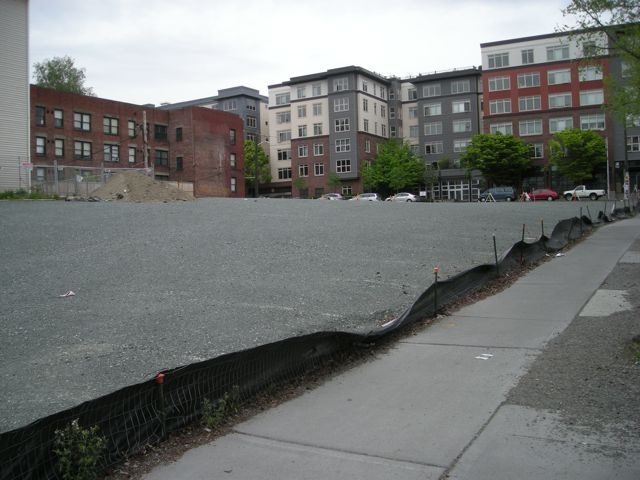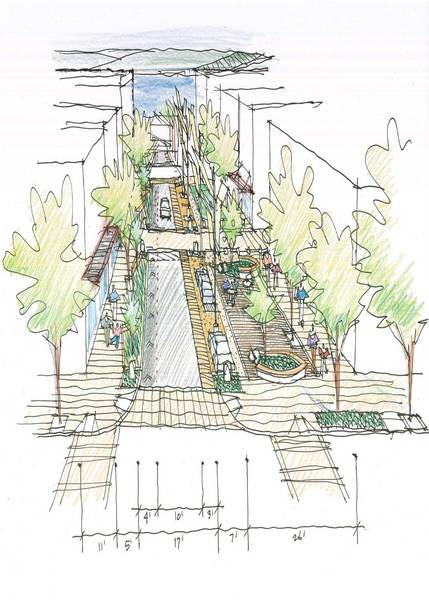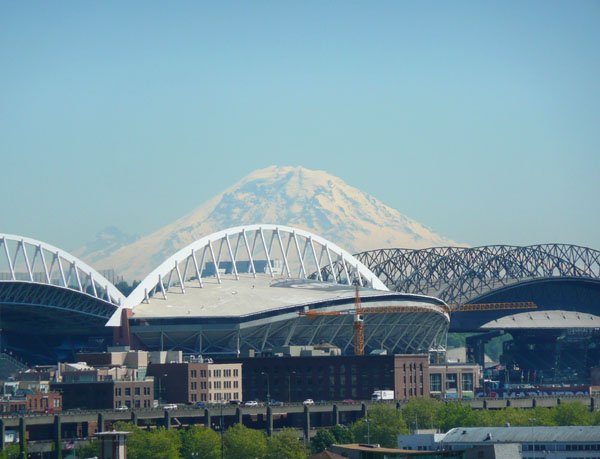Is Congestion Your Friend?
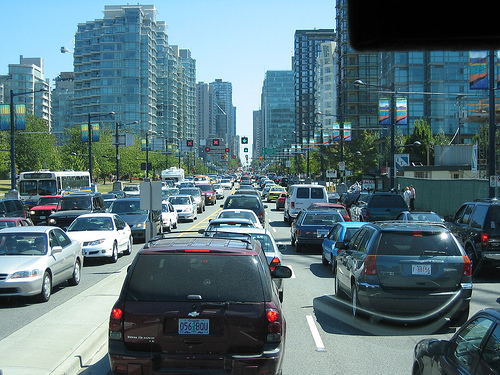
Vancouver Congestion (Photo by Mark Woodbury)
Â
I recently visited our fine neighbor to the north – Vancouver, and unfortunately had to do most of my getting around by car. This afforded me lots of time, as I sat in traffic on just about every street I traveled in the Downtown area, to reflect upon Gordon Price’s famous adage that “congestion is your friendâ€. He certainly has a point when considering that congestion should discourage people from driving and encourage transit ridership, walking, biking, etc. Congestion also certainly has a traffic calming effect, making crossing the street as a pedestrian possible and safe just about anywhere along the street, as I witnessed people doing over and over. However, I couldn’t help to also think about the downsides of congestion: commercial areas bathed in toxic exhaust from vehicles that are essentially idling, buses stuck within long queues of traffic, and generally impeded mobility.
Vehicle ownership in Vancouver is generally low by North American standards (55 vehicles per 100 persons), so my best guess is that the majority of traffic on the Saturday I was driving around were out-of-towners like myself (makes me wonder how they will handle the Olympic crowds). However, Vancouver is also well known for the fact that it has no highways, thus traffic is dispersed among a grid of wide, generally four-lane arterial roadways. One curious thing I observed is that they do not use center turn lanes, and left turn arrows, which have cycles that couldn’t be more than 5 seconds, are few and far between, rendering the inside lanes useless for accommodating through traffic. It seems that a few simple tweaks to their light signalization could do wonders for enhancing mobility of their streets. Then again, perhaps this is a deliberate congestion-inducing mechanism the City employs. It seems to me that a more effective mechanism to discourage driving, encourage other modes, and enhance mobility is congestion pricing. Vancouver seems like a prime candidate for congestion pricing given its density and limited entry points to the downtown. I haven’t looked into whether they are considering this. Anyone know?
Whether congestion is your friend certainly depends on where you are sitting, but I for one will never drive in Vancouver again.


